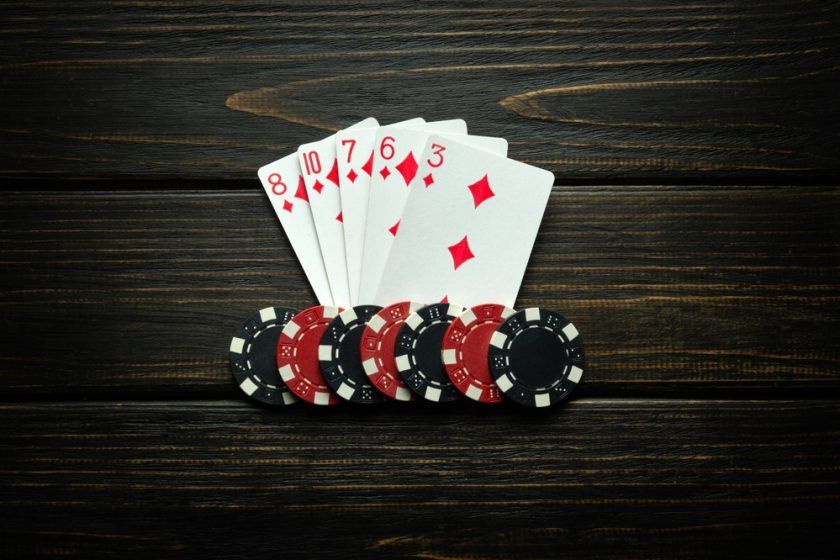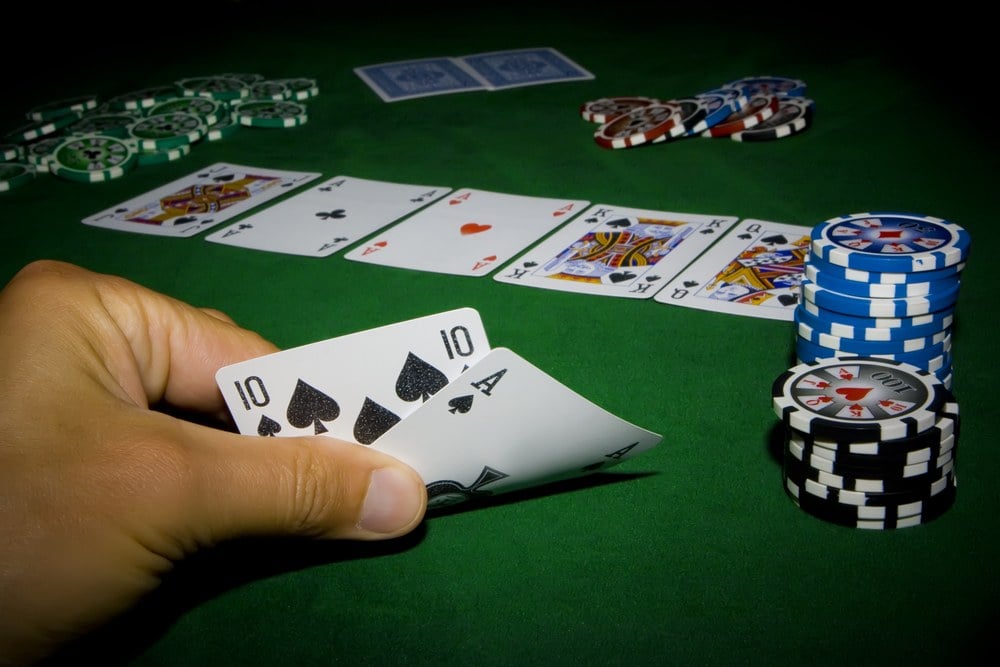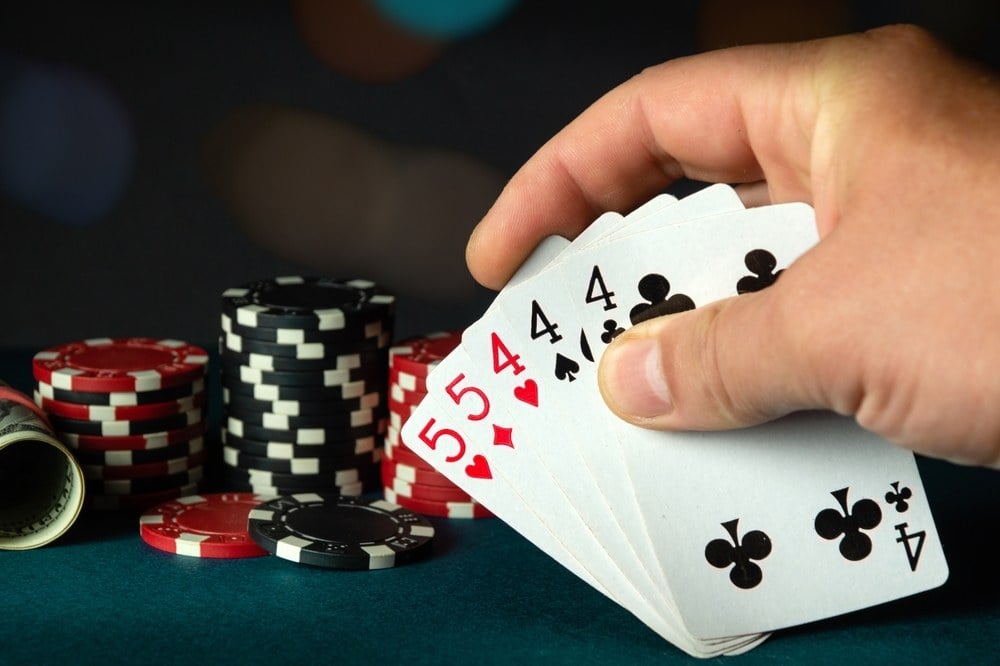Poker Tutorial: Mastering Seven Card Stud Strategy

Essential Insights into Seven Card Stud Poker
If you’re looking to broaden your poker skills beyond Texas Hold’em, Seven Card Stud offers a unique challenge full of tactical depth. As one of the oldest and most respected poker games, it thrives on keen observation, memory, and calculated risk-taking. This classic format has remained a staple in both traditional poker rooms and online casinos, appearing in major tournaments and mixed game lineups, such as the World Series of Poker.
Key fundamentals of Seven Card Stud include:
- **Rules and Structure:** Understanding the unique deal and betting framework.
- **Strategy Essentials:** Making decisions using visible cards and timing your bets.
- **Card Recall:** Keeping track of which cards have already been folded.
- **Table Positioning:** Using your spot at the table to your advantage.
- **Reading and Bluffing:** Spotting and executing effective bluffs based on partial information.
Seven Card Stud was once the dominant form of poker, even played by legendary figures like Wild Bill Hickok and Doc Holliday (though often with five cards). The game’s complexity comes from a blend of open and hidden cards, making every hand a puzzle rich with potential reversals.

Image Credit: VITALII BORKOVSKYI/Shutterstock
The Rules: How Seven Card Stud Works
Seven Card Stud traces its lineage to five card stud, with players seeking higher-value hands and deeper betting rounds. Unlike Hold’em, there’s no flop or community cards; instead, each player gets their own set of seven cards through the course of the hand, three of which are hidden from opponents.
A standard Seven Card Stud round proceeds as follows:
- All players ante, committing a forced bet to create the pot.
- Each player receives two cards face down (hole cards) and one card face up (door card).
- The player with the lowest exposed card posts the “bring-in,” a forced bet usually equal to half a standard bet.
- Regular betting begins, moving clockwise.
- Subsequent cards (fourth, fifth, and sixth street) are dealt face up, with a round of betting after each.
- The final card, seventh street, is dealt face down, followed by one last betting round.
- Players reveal their cards (if more than one remains in the hand), and the best five-card poker hand using any of their seven cards wins the pot.
Some home games tweak these rules, sometimes omitting the bring-in or adopting blind bets like in Hold’em. Variations enhance replay value and introduce fresh strategic elements.
Sample Hand: Step-by-Step Breakdown
To clarify the game flow, here’s a typical hand in Seven Card Stud:
- Each player places an ante.
- Players are dealt two cards face down and one face up.
- The player with the lowest upcard posts the bring-in bet.
- Betting proceeds with players having the option to call, raise, or fold.
- A fourth card is dealt face up to each player; another betting round ensues.
- Fifth and sixth street cards are dealt one by one, each followed by betting.
- The seventh and final card is dealt face down, then comes the last betting round.
- All remaining players show their cards, with the pot going to the highest (best five-card) hand.
Minor format changes may be present in casual settings, but the fundamentals remain consistent.

Image Credit: VITALII BORKOVSKYI/Shutterstock
Seven Card Stud: Strategic Foundations
Developing a winning strategy in Seven Card Stud demands awareness and card-tracking skills, thanks to the visibility of some cards and the importance of deducing what remains live in the deck.
As experienced pro David Bach notes, “The upcards are super important. Every hand is different because of them, which makes the game beautiful. If your necessary cards have already appeared, your drawing potential suffers. Evaluating which cards are still 'live' and what your opponents might hold is essential.”
Key strategic considerations:
- Accurately remember exposed and folded cards to assess your own potential.
- Aggression can be rewarded, especially since odds are often closer than in Hold’em-having kings against aces is less of a disadvantage in Stud than in Hold’em.
- Adapting rapidly to new information is crucial each betting round.
Because of the volatility and the number of betting rounds, resilient players-especially those who enjoy frequent action-often excel and find Seven Card Stud more forgiving than Hold’em for recreational play.

Image Credit: VITALII BORKOVSKYI/Shutterstock
Best Starting Hands in Seven Card Stud
Solid starting cards are pivotal for building winning hands as the action progresses. The top initial hands to look for include:
- **Three of a Kind ("Rolled Up")**: Exceptionally rare and powerful, rolled-up trips can land you a monster pot. Early slow-playing can be tactical to induce additional participation.
- **Large Pairs**: Holding aces, kings, or queens-especially one card up and one down-is a strong start. Take an aggressive approach unless signs indicate a bigger pair is lurking.
- **Small Pairs**: Proceed cautiously, especially if other players’ visible cards include the remaining card you need. Rely on reads and the dynamics of the current hand.
- **Drawing Hands**: Starting with three suited cards or three cards to a straight can be promising-particularly when none of the required cards are already visible on the table.
Variations: Expanding the Seven Card Stud Universe
As Seven Card Stud grew in popularity, players designed new formats to keep the game engaging and introduce more strategic options.
Seven Card Stud Hi-Lo
In this version, the pot splits between the highest and lowest hands. Players can use any five of their seven cards to make both the high and low hands.
- The lowest possible hand is A-2-3-4-5 (with suits irrelevant for the low hand).
- Usually played as "8 or better"-only lows where the highest card is 8 or lower qualify.
- Hands that can contend for both high and low ("scooping") are especially valuable.
- If you secure the low hand but still chase a high, you’re “freerolling”-guaranteed half the pot but with a shot at it all.
Being in position to scoop is a core strategic target in this variant.

Image Credit: VITALII BORKOVSKYI/Shutterstock
Understanding Razz: The Lowball Stud Game
Razz is a Seven Card Stud variant where the objective is to make the lowest possible hand:
- The best Razz hand is A-2-3-4-5, with suits and straights ignored.
- Pairs don’t help, and high cards like kings can cripple your hand.
- Determining your strength involves inspecting other players’ upcards and avoiding high cards or paired cards in your hand.
- If two hands tie on the top four cards, the next card breaks the tie; for instance, A-2-3-4-6 beats A-2-3-5-6.
Razz remains a World Series of Poker favorite, requiring sharp memory and discipline to avoid overvaluing weak hands.
Avoiding Common Pitfalls in Seven Card Stud
Success in Seven Card Stud depends not only on building strong hands but also on sidestepping frequent errors that cost players valuable chips. Watch out for:
- **Overplaying Hands:** Chasing too many speculative draws or playing too many hands leads to costly second-best outcomes. Focus on starting with premium or well-supported cards.
- **Ignoring Exposed Cards:** Failing to track opponents’ face-up cards handicaps your ability to deduce possible holdings, notably when calculating your outs or the likelihood of someone completing a strong hand.
- **Forgetting Folded Cards:** Keeping track of which cards are dead helps you accurately calculate your draws and reduces mistakes when considering continuing in a pot.
Seven Card Stud offers a rich blend of skill, memory, and psychology. Whether you’re playing a friendly home game or competing in a tournament, this enduring classic provides countless opportunities for strategic scheming and dramatic hands.
So next time you gather around the table, try your hand at Seven Card Stud-perhaps you’ll be dealt that elusive rolled-up trip!
Title Image Credit: VITALII BORKOVSKYI/Shutterstock













